Background information
I'm currently designing an input conditioning circuit that amplifies and filters an electret microphone signal in preparation for the signal to be processed by an ADC (analogue to digital converter) and written to an SD card from a micro controller.
The ADC has a dynamic range of 0-5V so I've amplified the signal to an amplitude of 2.5V with a DC offset of 2.5V. The sampling rate of the ADC is 15.625kHz and so I've designed the low pass filter to have 48dB attenuation (8 bit dynamic range) for a frequency of ~7.8kHz and a cutoff frequency of ~4kHz.
As a result of the design considerations above, my circuit consists of an inverting amplifier with a voltage gain ratio of ~6.2 and a 6th order Chebyshev filter with a gain of ~12.
I am using LM6484 op-amps with a 5V supply. The 5V supply is sourced from any device with a USB port, generally a computer USB port is used to power this circuit.
A schematic of the circuit is shown below:
A schematic of the microphone setup:
The 1.5k ohm resistor was specified within the microphone datasheet.
The AC voltage source is used to model the output of the microphone, the 30mV output amplitude was measured with an oscilloscope.
The 1uF capacitor was to remove the bias found when measuring the output of the microphone (2.6V).
The voltage divider into the unity gain follower at the top left of the schematic creates the 2.5V required to bias the signal.
My Issue
Noise. After making a recording I can hear my voice however there is a loud constant humming/ buzzing noise. Sample recording:
instaud.io/Xhu
What I've Tried
I've attempted inserting multiple decoupling/ bypass capacitors at each amplifier IC, before and after long power leads and periodically along power rails on my breadboard.
I've also tried placing an RC low pass filter at the output of my inverting amplifier to cut off any high frequency noise generated by the op amp.
None of my attempts at mitigating the noise has worked or made an impact that is audible in the recording.
My Question
Are there any obvious flaws in my design that could be causing or adding to the noise generated by my circuit?
Could the noise simply be a result of the circuit being built on a breadboard and possibly faulty connections?
